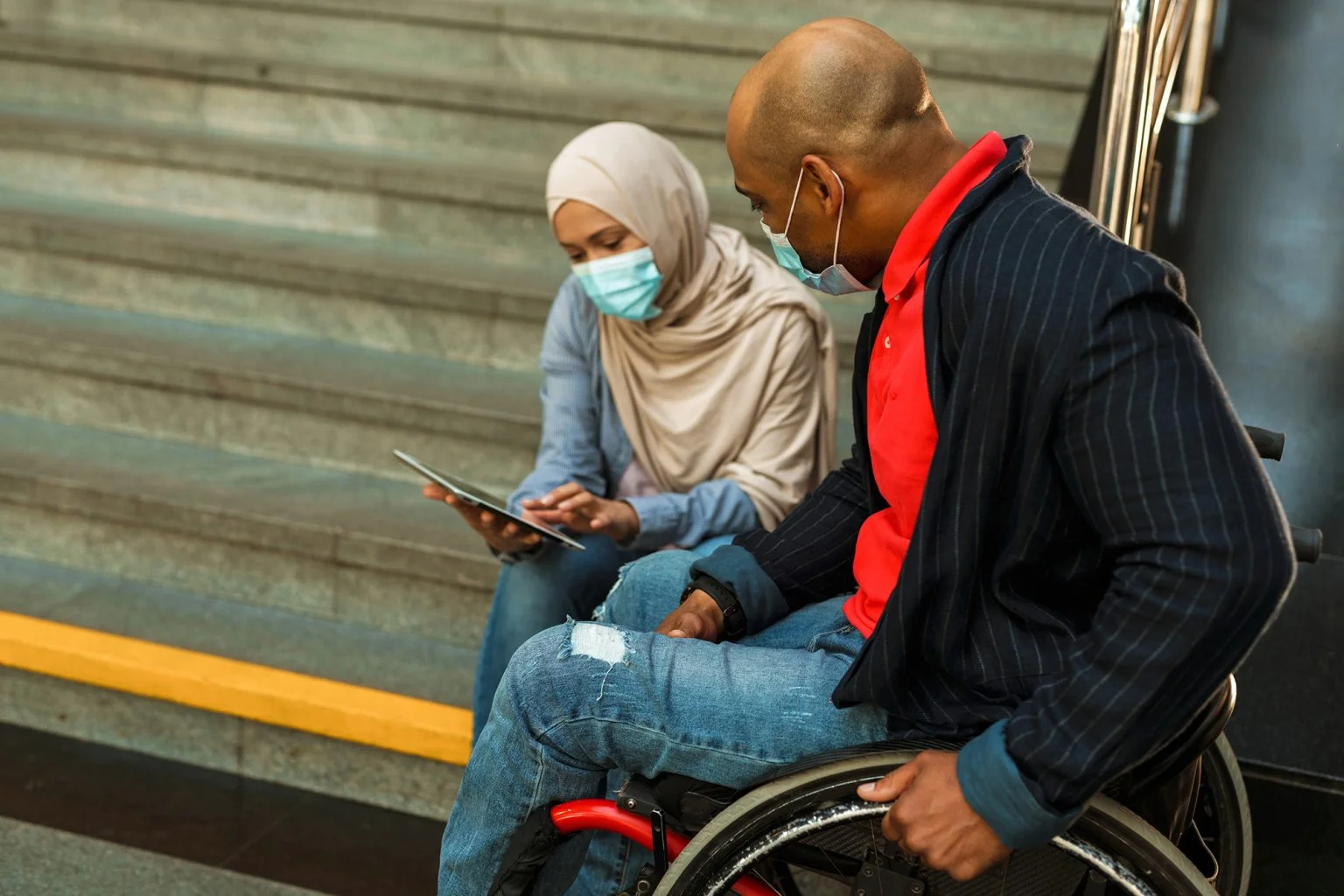Tag: disabilities

This paper examines high-frequency patterns that occur in the experiences with, behaviors during, and attitudes toward COVID-19 among people with disabilities since the pandemic began. It also examines the timing and predictors of plans to apply for Social Security benefits as a result of the pandemic. It uses biweekly and monthly data from the Understanding…

Social Security reduces poverty, stabilizes household finances, and can even support a beneficiary’s extended family. But drill down to a single month in the life of a low-income retiree or someone on Social Security disability, and a picture of hardship comes through. Researcher Madelaine L’Esperance at the University of Alabama found that financial problems build…








